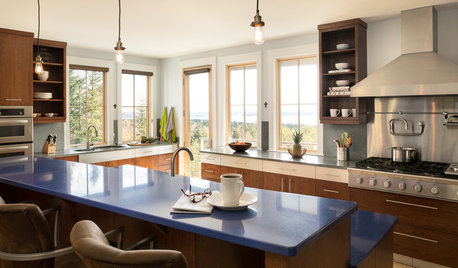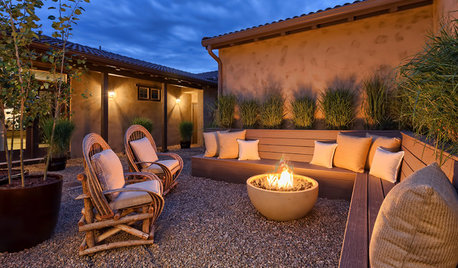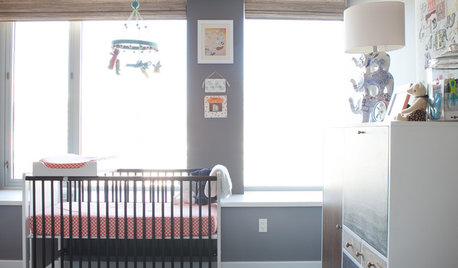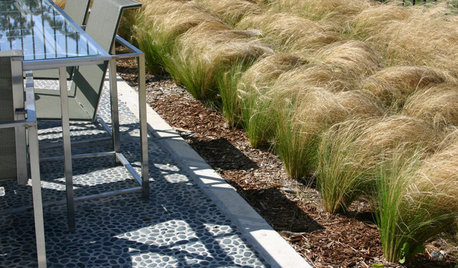starting a grass nursery
dutch_rondo
17 years ago
Related Stories

GARDENING GUIDES10 Tips to Start a Garden — Can-Do Ideas for Beginners
Green up your landscape even if you're short on time, money and knowledge, with these manageable steps for first-time gardeners
Full Story
GARDENING GUIDES6 Steps to Get a Garden Off to a Glowing Start
Grow a lush, balanced garden from an empty patch of yard or neglected landscape spot with these easy-to-follow guidelines
Full Story
GARDENING GUIDESHow to Stop Worrying and Start Loving Clay Soil
Clay has many more benefits than you might imagine
Full Story
HOUSEPLANTSHow to Grow Orchids Indoors
Orchids are the exotic aristocrats of the flower world and can make themselves comfortable in almost any home
Full Story
DECLUTTERING5 Ways to Jump-Start a Whole-House Decluttering Effort
If the piles of paperwork and jampacked closets have you feeling like a deer in the headlights, take a deep breath and a baby step
Full Story
GARDENING AND LANDSCAPINGNew This Week: 3 Fire Pits Herald the Start of Summer
Toast summer — and marshmallows — with these sizzling fire pit designs recently uploaded to Houzz
Full Story
PRODUCT PICKSGuest Picks: A Nursery Starts With Art
A beautiful art print is the catalyst for this happy blue and yellow nursery design
Full Story
KIDS’ SPACESFresh Starts: Stripes and Style in a Flexible Nursery
This couple said no to a ton of baby gear and yes to fun and practicality
Full Story
GARDENING AND LANDSCAPINGOrnamental Grasses in the Landscape
Low-maintenance grasses add beauty and motion to the garden
Full Story
GRASSES10 Ways to Use Ornamental Grasses in the Landscape
These low-maintenance plants can add beauty, texture and privacy to any size garden
Full StoryMore Discussions







achnatherum
donn_
Related Professionals
Arnold Landscape Architects & Landscape Designers · Foothill Ranch Landscape Architects & Landscape Designers · Ellicott City Landscape Contractors · Fair Oaks Landscape Contractors · Mount Kisco Landscape Contractors · Pleasanton Landscape Contractors · Pomona Landscape Contractors · Seven Hills Landscape Contractors · Whitehall Landscape Contractors · Langley Park General Contractors · Spencer General Contractors · Springfield General Contractors · Stillwater General Contractors · University Park General Contractors · Winfield General Contractorsdutch_rondoOriginal Author
sharont
achnatherum
dutch_rondoOriginal Author
alchemilla
achnatherum
achnatherum
jake